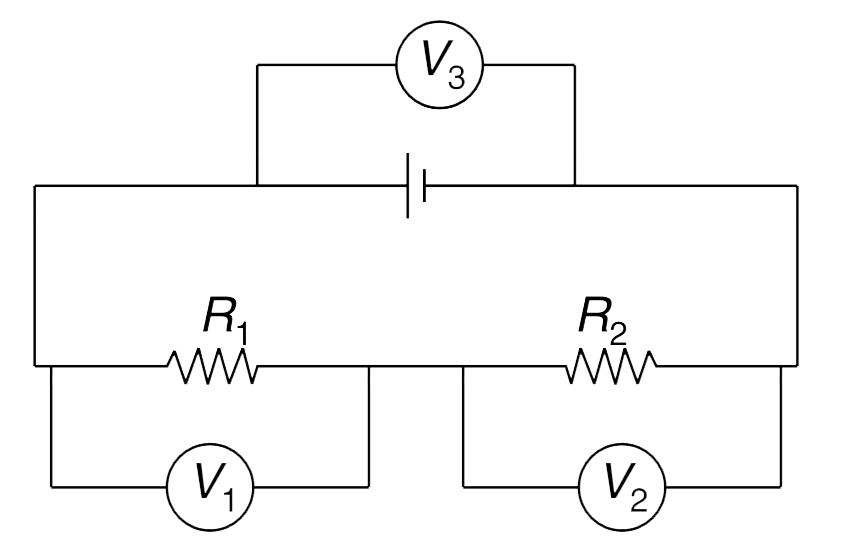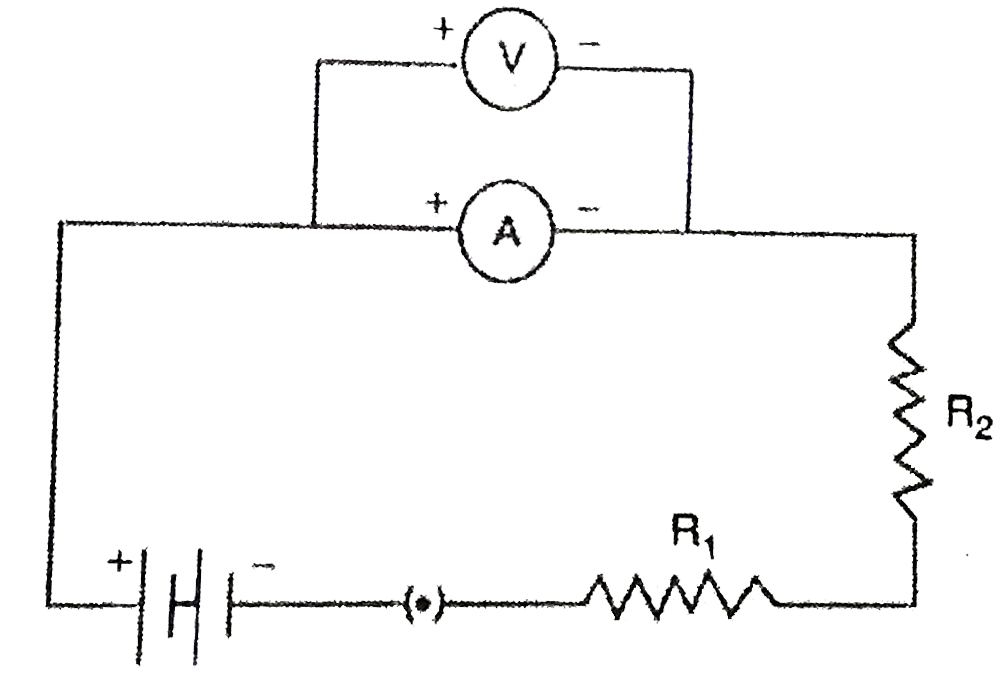two resistors R and 2R are connected in series in an electric circuit. The thermal energy developed in R and 2R are in the ratio
1:2
2:1
1:4
4:1
The correct Answer is:A
Step by step video, text & image solution for two resistors R and 2R are connected in series in an electric circuit. The thermal energy developed in R and 2R are in the ratio by Physics experts to help you in doubts & scoring excellent marks in Class 12 exams.
Updated on:21/07/2023Topper's Solved these Questions
- CURRENT ELECTRICITYBOOK - DC PANDEYCHAPTER - CURRENT ELECTRICITYEXERCISE - Taking it together
142 Videos
- CURRENT ELECTRICITYBOOK - DC PANDEYCHAPTER - CURRENT ELECTRICITYEXERCISE - B. Assertion and reason
18 Videos
- CURRENT ELECTRICITYBOOK - DC PANDEYCHAPTER - CURRENT ELECTRICITYEXERCISE - Example
61 Videos
- COMMUNICATION SYSTEMBOOK - DC PANDEYCHAPTER - COMMUNICATION SYSTEMEXERCISE - Subjective
11 Videos
- ELECTROMAGNETIC INDUCTIONBOOK - DC PANDEYCHAPTER - ELECTROMAGNETIC INDUCTIONEXERCISE - Medical entrances gallery
25 Videos
Similar Questions
Two resistances R and 2R are connected in parallel in an electric circuit. The thermal energy developed in R and 2R are in the ratio
View SolutionIf two resistors of R1 and R2 ohms are connected in parallel in an electric circuit to make an R ohm resistor, the value of R can be found from the equation,
1R=1R1+1R2
If R1 is decreasing at the rate of 1 ohm/sec and R2 i increasing at the rate of 0.5 ohm/sec, at what rate is R changing when R1=75 ohm and R2=50 ohm ?

View Solution
Knowledge Check
Two resistors R and 3 R are connected in series. Ratio of rate of heat dessipated in R to that in 3 R is x1. Similarly when R and 3 R are connected in parallel to each other, ratio of the heat dessipated in R to that in 3 R is x2. What will be the value of x2/x1?
A9B1/9C6D1/6Two wires with resistances R and 2 R are connected in parallel, the ratio of heat generated in 2 R and R is
A1:2B2:1C1:4D4:1In the circuit diagram,heat produces in R, 2R and 1.5R are in the ratio of
 A4:2:3B8:4:27C2:4:3D27:8:4
A4:2:3B8:4:27C2:4:3D27:8:4
You take two resistors of resistance 2R and 3R and connect them in parallel in an electric circuit. Calculate the ratio of electric power consumed by 2R and 3R resistors.
View SolutionIn the circuit shown in the figure, two resistors R1andR2 have been connected in series to an ideal cell. When a voltmeter is connected across R1 its reading is V1=4.0 volt and when the same voltmeter is connected across R2 its reading is V2=6.0 volt. The reading of the voltmeter when it is connected across the cell is V3=12.0 volt. Find the actual across R1 in the circuit.

View SolutionWhen two resistances R1andR2 are connected in series , they consume 12 W powers . When they are connected in parallel , they consume 50 W powers . What is the ratio of the powers of R1andR2 ?
View SolutionTwo wires having resistance R and 2 R are connected in parallel, the ratio of heat generated in 2 R and R is
View SolutionIn order to determine the equivalent resistance of two resistors R1 and R2 connected in series, a student made this circuit for his experiment.
The only statement which is true for this circuit is that it gives :

View Solution
